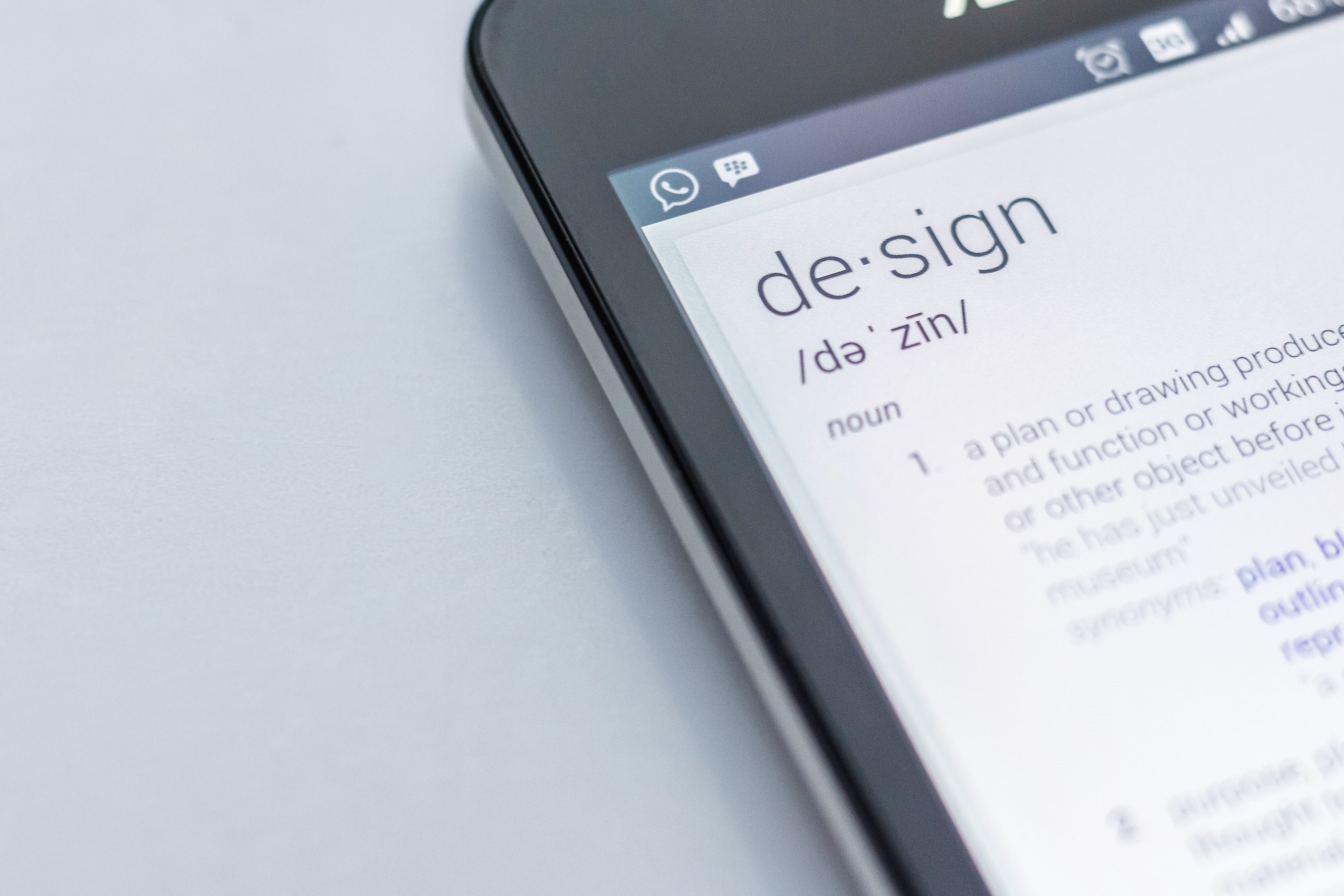3 Steps to Greater Agility
May 06, 2022Inflation, recession, higher interest rates...what emotions are generated when you think of those words?
Behavioral economists tell us that consumer decision making is 30% rational and 70% emotional (Skyward Staff, September 2020). If that is the case, how do you think our current economy, with inflation at a 40 year high, last month an 8.5% increase, will impact decision making? How is this impacting your decision making?
Add to this the current talent shortage and it begins to look like the perfect storm. But here is what we know...even in storms opportunities exist, for those equipped and prepared. The question is, how equipped and prepared are we?
Doing more with less. This is a phrase we hear often and usually in times like these. But is it really possible? Yes and no. We can be more productive with our time, focus, and energy but there is a limit to what one person can do. It is more a question of where to invest these resources to get the best outcomes. Even more critical, how do we increase these valuable internal resources so they are there when we need them?

Step 1: Liberating structures
The first thing we can do is take the time to observe and assess the things that seem to drain our time, energy, and focus right now. These are constant frustrations that distract. When we identify these we can begin to explore if we can create what I call a liberating structure...a structure that manages these things in a way that frees up our time, focus, and energy for more value producing efforts.
One of the most impactful liberating structures I have observed is implementing practices of accountability in roles, teams and organizations. When this happens, everyone learns to lead themselves well and then become leaders of others, no matter their position in the organization. For more, listen to The Power of Accountability.

Step 2: Equip people to prosper
"Agility is the ability to take advantage of opportunity with speed and efficiency" Steve Goodner
I know there are many ways to define agility. For now, let's use the definition I use (above). But agility does not happen on its own. Agility in this context includes equipping people to prosper, removing roadblocks, bringing clarity to expectations, understanding what resources are available, and being change ready or change embracing.
In the past, equipping people was given minimal focus and investment in many organizations. Many of those organizations are not around any longer. The "Great Resignation" is being driven by people who want more than just a paycheck. They want to grow, be a part of something worthwhile, belong to a vital team, find satisfaction in their work, and enjoy a healthy culture where people are engaged.
Equipping people today is far more than hard skills. People need to learn human skills.

Step 3: Human skills
To effectively equip people with human skills, it starts with the primary driver of decisions, behavior, actions, performance...that driver is emotions. In study after study, in real world workplaces, homes, schools...people with higher emotional intelligence are simply more successful. Why? Because they navigate emotions better. They recognize patterns in themselves and others and are more intentional in their responses. They have greater internal motivation and optimism. They practice empathy (understanding the perspectives of others). They have a standard that guides their decision making.
Emotional intelligence (EQ) is the skill set most needed today. More than IQ, EQ is more predictive of success. Even better, EQ skills and competencies can be learned and developed in a reasonably short time frame. For more about emotional intelligence, go to Six Seconds.
The mindset you choose
Mindset is a choice. Our brains work in a similar way:
- We have a thought
- Our brain attaches meaning to that thought
- From thought and meaning emotions are generated
- The emotions we allow to become emotional drivers heavily impact our decisions, behavior, actions, and performance
That last bullet point is important. We may not be able to control our initial emotions that are generated by a specific thought and the meaning our brain attaches to that thought, but we do control the emotions we allow to become emotional drivers. Another way to say this is that the emotions we allow to dominate become the drivers of our decisions, behavior, actions, and performance.
We do have a choice. To realize better outcomes, we need to equip ourselves and then be intentional about how we respond, decide, behave, act. This is not easy but it is worth it.
Think about specific situations right now in your life where this thought/meaning/emotions/actions dynamic is not what you want it to be. Where it drains you, frustrates you, creates worry, or simply keeps you stuck. Once you identify it, you can start to change it.
Find out more about how to equip yourself and others in these important skills...and choose to live your best life!
Copyright © 2022 EQFIT® - Author: Steven Goodner All rights reserved. No portion of this material may be reproduced in any form without permission from the publisher, except as permitted by U.S. copyright law. For permissions contact: [email protected]
Don't miss a beat!
New tips, motivation, and releases delivered to your inbox.
It's free, and you can unsubscribe at any time!

